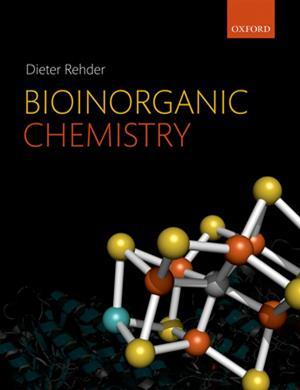Dieter Rehder
Oxford University Press
2014 | 234pp | £34.99
ISBN 9780199655199

What is bioinorganic chemistry? The literal meaning suggests an interface between inorganic and biological (organic) chemistry; so, the inorganic chemistry of life? Is bioinorganic chemistry so distinct from the biological chemistry of the elements?
When I chose the title of professor in bioinorganic chemistry, it reflected my opinion at the time that bioinorganic chemistry best encompassed my understanding of the roles played by inorganic chemistry in organising, even orchestrating, carbon-based life. The essentiality, non-essentiality and toxicity of the elements are all explained through an understanding of bioinorganic chemistry.
My personal understanding of the subject came from ‘standing on the shoulders’ of Robert Williams, the father of bioinorganic chemistry, and in particular his seminal works with João Fraústo da Silva on the biological chemistry and natural selection of the elements. In many ways, this book by Dieter Rehder is an essential preparatory text for the classic works of Williams.
I am a biologist, but this book comes to bioinorganic chemistry from the perspective of coordination chemistry. It demonstrates, at least to me, that the building blocks of a new and distinct (from chemistry and biochemistry) subject have been recognised and, in the main, can be organised in a systematic way that is accessible to what I hope will be a burgeoning undergraduate readership.
This type of text was not available in the early days of bioinorganic chemistry and may now serve to fast track our understanding and appreciation of the pivotal importance of the topic to understanding biological chemistry. I hope this means that bioinorganic chemistry can become an undergraduate degree course in its own right to provide an alternative route for life scientists and a better, or at least fuller and more rounded, education of the biological chemistry of the elements.
This will have significant impact on how our students then approach the life sciences in general and health (medicine) and wellbeing specifically. It is not a text to fill the reader with wonder but to inform them of the wonder that will surely come through an appreciation of bioinorganic chemistry.
Purchase Bioinorganic chemistry from Amazon.co.uk












No comments yet